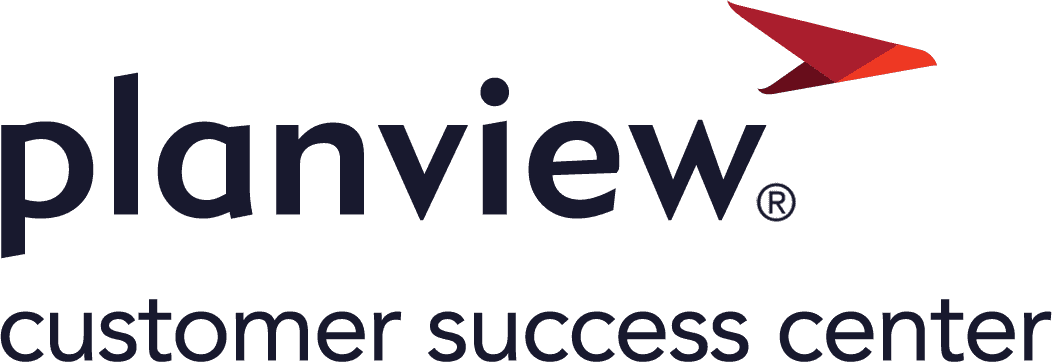Checklist for Planning Commitments
📋 COMMITMENT CHECKLIST
Productive Planning Conversations to Build Realistic Flow-Based Plans
Sign in to access the commitment checklist to jump start your planning and commitment conversations.
Productive Planning Conversations to Build Realistic Flow-Based Plans
Sign in to access the commitment checklist to jump start your planning and commitment conversations.

